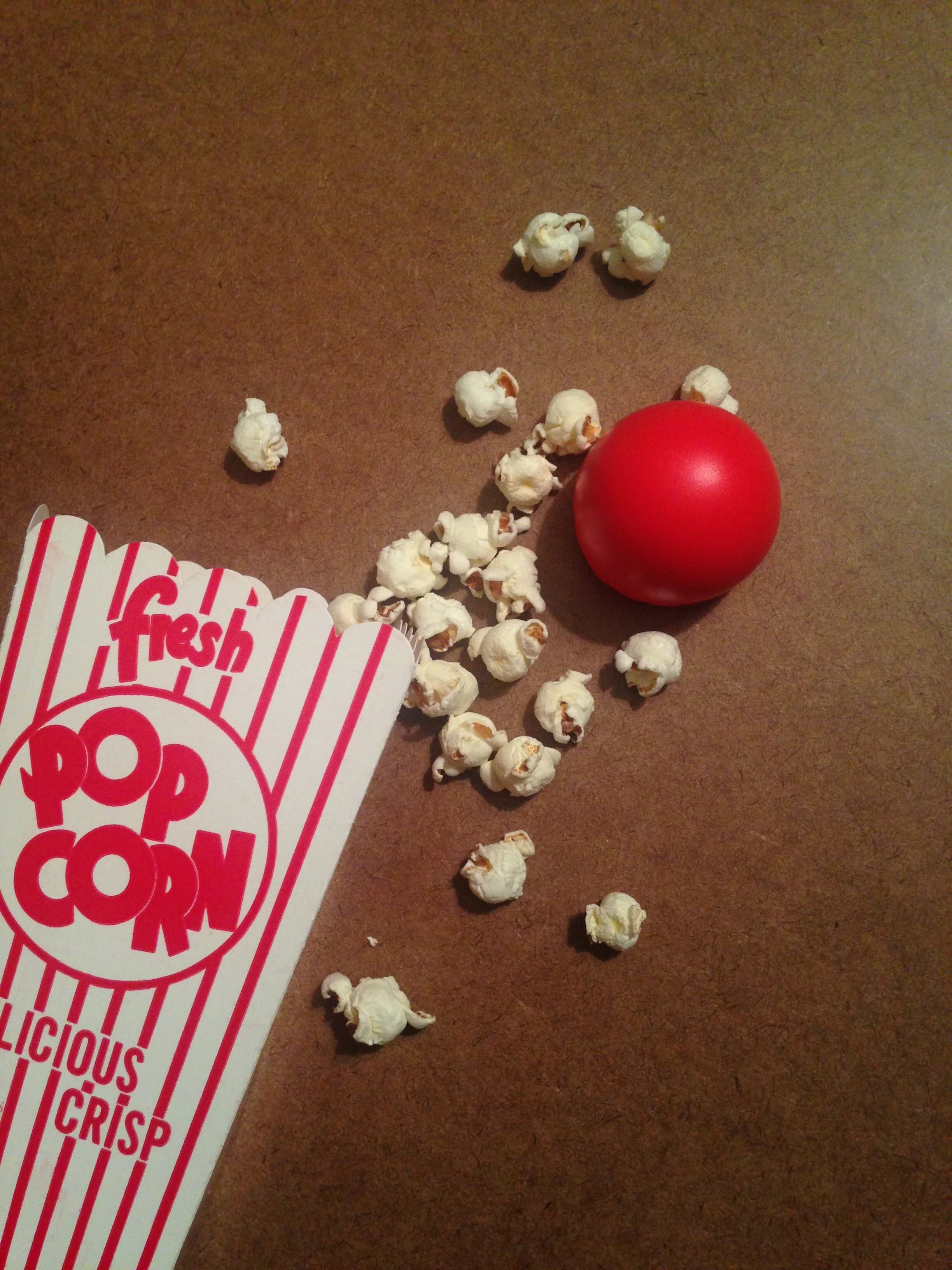Ed Emberly
Teach kids how to draw. If they already have the skill, encourage them to develop it. There is such power in the ability to express yourself through art, and empowerment is a feeling that a child rarely enjoys. The ability to make your own decisions and shape your world is something all kids should experience, even if it only exists on a piece of paper. We had art classes in grade school but the projects were usually assembly-line variety crafts. I imagine even those courses have now been eliminated in favor of a STEM-based curriculum. Cutting back on, ideally, well developed art programs in favor of more math and science is short-sighted. Art is all about process and problem solving. Conveying an abstract concept through representation is a real and applicable skill. The idea is to use both hemispheres. The greatest scientific advancements are put into motion by a person's imagination and their ability to arrive at a creative and sometimes graceful solution to a problem. Art, music, creative writing, etc., are what makes a well-rounded student. Everything works in tandem and you're short-changing kids by not teaching these subjects alongside the technical courses. So, now that I've got that off of my chest, let me tell you about a person that figured prominently in our formative, creative years and provided some of the artistic instruction that we were craving, but not getting.
Ed Emberly is an illustrator and producer of the most widely recognizable works of art in America - at least to grade school kids. He created several instructional drawing books, the most famous being, Make A World. What kid doesn't have the urge to create their own world? The problem is, many of us lacked the tools to do so. As far as how-to drawing books went, back in the day, the options were limited. There was Emberly and Walter Foster. Walter Foster will only discourage you. The subjects that he demonstrated how to sketch were way too complicated. He had books showing how to draw a human face that looked easy enough, but if you've ever tried to draw a face, you know that it is damn hard. I still struggle with it.
Ed Emberly knows how kids think and knows what they want to draw - battleships, rockets, giant squids, tiny bugs, and anything else you could possibly imagine. He used basic geometric shapes that he put together in inventive and easy-to-understand ways. Following his clear step-by-step instructions, you could actually, like, do it. He used stick figures for people and showed how to make them turn and twist, how they pick up and throw a ball, and how they run and jump. Most kids start out drawing huge pictures when they are young, but tend to work smaller and smaller as they grow up. With Emberly, you could start out small and comfortable, if you like, and build a giant world out of miniatures. Later, he would publish books showing how to create figures using your thumbprint as a starting point. He also made books that focused on certain colors - The Big Orange Drawing Book, being my favorite. Because he had such an amazing imagination, he captured ours.
In 1975, he came out with The Wizard of Op, which was a story of a wizard who...does something or other. The story wasn't the thing, it was the crazy optical illusions that were featured throughout the book. This item was all the rage at Willow Creek Elementary. It was almost impossible to get this book, everybody wanted it. It was a sacred object, a cherished, dog-eared totem that we maniacally needed to possess, at least for the one week check-out time. You had to wait your turn at our school library...I mean, the LRC (Learning Resource Center) to get your paws on this thing. When you finally did, you could look on the check-out card inside the front cover and see the names of basically everyone you'd ever met. We would pore over the illustrations and get freaked out over the illusions. Afterward, I would try to draw my own crazy pictures and to tell my own stories.
Willow Creek would occasionally bring in the “Picture Lady” to talk to us heathens about an artistic masterpiece. I distinctly remember Van Gogh’s Sunflowers and Picasso’s Old Guitarist. She explained why these were considered great works of art and would guide us around the painting, explaining the techniques, the meaning of the colors, and what the artist was trying to convey. I loved Picture Lady day and although I could see the merits in these works of art, Charles M. Schulz, Richard Scarry, and Ed Emberly were my true masters.





